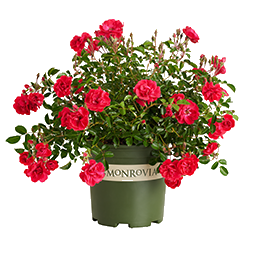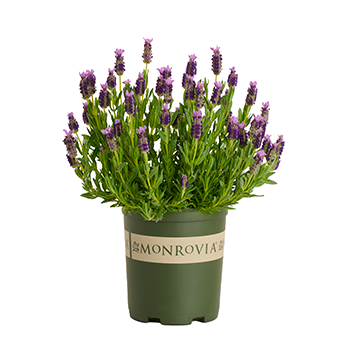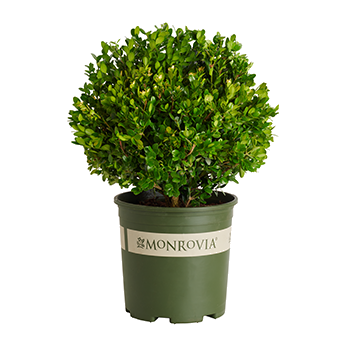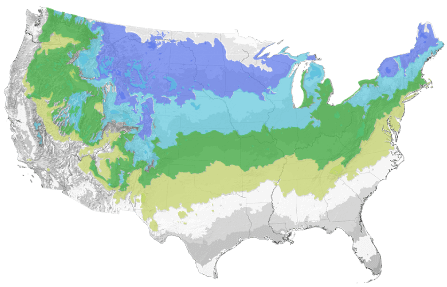You're growing in this Zip Code: 43215
Change LocationDiscover Plants for Your Area
Kodiak® Red Diervilla
Diervilla splendens 'G2X885411' PP #28,403; CPBRAF
We no longer grow this plant
Be Inspired: How to Use this Plant
| Bloom Time | Summer through fall |
|---|---|
| Deciduous/Evergreen | Deciduous |
| Special Features | Attracts Butterflies, Attracts Hummingbirds, Dramatic Foliage Color, Easy Care, Fall Color, Benefits Birds |
| Problems/Solutions | Deer Resistant, Erosion Control, Rabbit Resistant, Dry Shade, Drought Tolerant |
| Growth Rate | Moderate |
| Flower Attributes | Long Bloom Season, Repeat Flowering |
| Patent Act | Asexual reproduction of plants protected by the Plant Patent Act is prohibited during the life of the patent. |
| Landscape Use | Border, Container, Hedge, Hillside |
| Flower Color | Yellow |
| Foliage Color | Red |
| Companion Plants | Cranesbill (Geranium); Potentilla (Potentilla); Spirea (Spiraea); Fountain Grass (Pennisetum); Aster (Aster) |
| Care Instructions | Adaptable to most soils, including compact soils. Tolerates dry shade, but color is best with some sun. Water deeply, regularly to establish an extensive root system; reduce frequency once established. Needs little care once established. Requires no regular pruning, but may be hard pruned in early spring to promote dense, new growth. |
| Lore | A native of the southeastern United States, D. rivularis is found along bluffs, cliffs and otherwise rocky terrain of the wooded areas of the southern region of the Appalachians. Diervilla are sometimes referred to as Bush Honeysuckle, because of the similarity of the trumpet-shaped flowers. Much like lonicera, diervilla blooms contain tasty honey-flavored nectar, but diervilla flowers do not have a detectable fragrance. More importantly, diervilla is not invasive like some honeysuckles, and a safe choice for planting anywhere. |
| Bloom Time | Summer through fall |
|---|---|
| Deciduous/Evergreen | Deciduous |
| Special Features | Attracts Butterflies, Attracts Hummingbirds, Dramatic Foliage Color, Easy Care, Fall Color, Benefits Birds |
| Problems/Solutions | Deer Resistant, Erosion Control, Rabbit Resistant, Dry Shade, Drought Tolerant |
| Growth Rate | Moderate |
| Flower Attributes | Long Bloom Season, Repeat Flowering |
| Patent Act | Asexual reproduction of plants protected by the Plant Patent Act is prohibited during the life of the patent. |
We no longer grow this plant
We no longer grow this plant
Buy Online
This plant is not available to purchase online.
We no longer grow this plant. For replacement suggestions, check out the plants “You May Also Like” below.
About Us
We have been pioneers and craftsmen in the art of growing plants for nearly
100 years. Since our founding in Southern California by Harry E. Rosedale, Sr.
in 1926, we have been absolutely dedicated and obsessed with quality.
We have been pioneers and craftsmen in the art of growing plants for nearly 100 years. Since our founding in Southern California by Harry E. Rosedale, Sr. in 1926, we have been absolutely dedicated and obsessed with quality.






